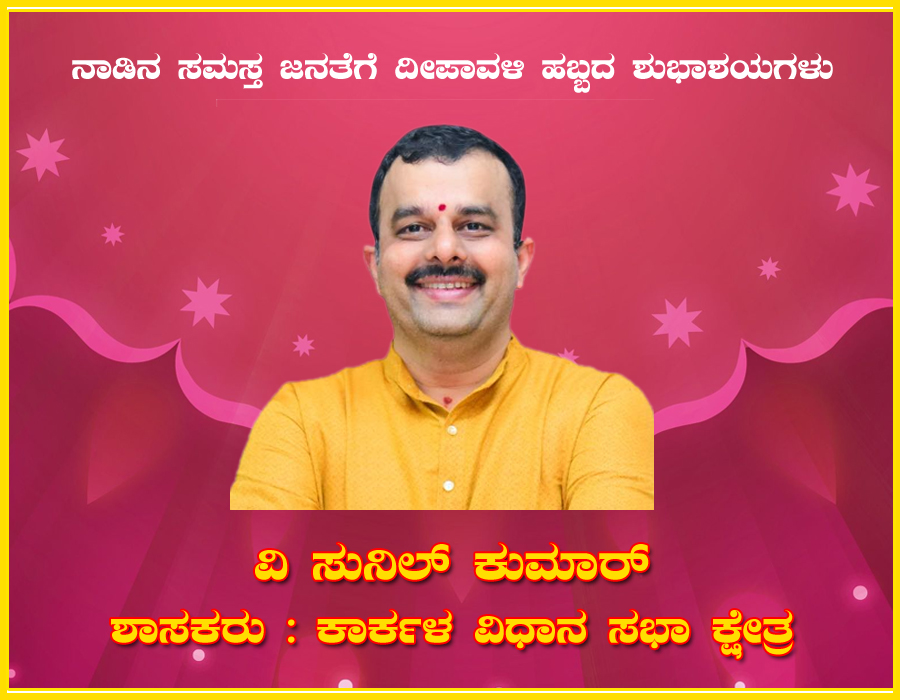The Birth of Lord Krishna – Sri Krishna Janmashtami
11:23 AM, Wednesday, August 28th, 2013 Mangalore : Krishna Took Birth At Midnight On The Ashtami Or The 8th Day Of The Krishnapaksha Or Dark Fortnight In The Hindu Month Of Shravan (August-September). This Auspicious Day Is Called Janmashtami. Indian As Well As Western Scholars Have Now Accepted The Period Between 3200 And 3100 BC As The Period In Which Lord Krishna Lived On Earth.
Mangalore : Krishna Took Birth At Midnight On The Ashtami Or The 8th Day Of The Krishnapaksha Or Dark Fortnight In The Hindu Month Of Shravan (August-September). This Auspicious Day Is Called Janmashtami. Indian As Well As Western Scholars Have Now Accepted The Period Between 3200 And 3100 BC As The Period In Which Lord Krishna Lived On Earth.
The Devotees Of Lord Krishna Observe Fast For The Whole Day And Night, Worshipping Him And Keeping Vigil Through The Night While Listening To His Tales And Exploits, Recite Hymns From The Gita, Sing Devotional Songs, And Chant The Mantra Om Namo Bhagavate Vasudevaya.
Krishna’s Birthplace Mathura And Vrindavan Celebrate This Occasion With Great Pomp And Show. Raslilas Or Religious Plays Are Performed To Recreate Incidents From The Life Of Krishna.
Song And Dance Mark The Celebration Of This Festive Occasion All Over Northern India. At Midnight, The Statue Of Infant Krishna Is Bathed And Placed In A Cradle, Which Is Rocked, Amidst The Blowing Of Conch Shells And The Ringing Of Bells.
In The South Western State Of Maharashtra, People Enact The God’s Childhood Attempts To Steal Butter And Curd From Earthen Pots Beyond His Reach. A Similar Pot Is Suspended High Above The Ground And Groups Of Young People Form Humans Pyramids To Try And Reach The Pot And Break It.
The Town Of Dwarka In Gujarat, Krishna’s Own Land, Comes Alive With Major Celebrations As Hordes Of Visitors Flock To The Town.
SRI KRISHNA JAYANTI OR SRI KRISHNA JANMASHTAMI IS CELEBRATED ON TWO DIFFERENT DAYS IN YEAR.
According To Traditional Hindu Astrology, Lord Krishna Was Born When The Moon Entered The House Of Vrishabha (Taurus) At The Rohini Nakshatram (Star) On The Eight Day (Ashtami) Of The Second Fortnight Of The Month Of Sravana (This Corresponds To The Month Of Bhadrapada Krishnapaksha In North India). All These Conditions Have To Match To Celebrate Sri Krishna Jayanti But Most Of The Time These Conditions Never Match In The Calendars Of Various Hindu Sects.
So The Different Sections In Hinduism Have Adopted Their Own Standards For Celebrating The Birthday Of Lord Krishna. For Some Sect, It Is The ‘Ashtami’ Day That Is Important. For Some Sect, It Is The Star ‘Rohini.’ To Make It More Complex There Is The Lunar And Solar Calendar Issue.
The Two Different Dates Is Because Importance Is Given To Tithi – Krishna Paksha Ashtami Tithi In Certain Regions. Like In Maharashtra, Bengal And By Some Communities In Karnataka And Andhra Pradesh.
In North India, The Date That Has Krishna Paksha Ashtami And Moon Sign Vrishabha (Taurus) Is Given Importance.
In Kerala And Tamil Nadu, The Date That Has Krishna Paksha Ashtami And Rohini Nakshatram Is Given Importance But This Date Has To Be In Tamil Aavani Month And Malayalam Chingam Month.
Celebrating Sri Krishna Jayanti On Two Different Days Is More Common In South India. In North India, To A Greater Extent There Is Uniformity.
Most People In India Celebrate Krishna Janmashtami Based On Lunar Calendar But Few Temples And Some Regions In South India Observe Krishna Janmashtami Based On Solar Calendar. In Most Years These Dates Don’t Differ By One Or Two Days But In Some Years Janmashtami Date Based On Lunar Calendar And Janmashtami Date Based On Solar Calendar Might Differ Up To One Month.
In Kerala, Tamil Nadu And In Some Parts Of Karnataka, Krishna Janmashtami Is Popularly Known As Ashtami Rohini And Is Observed Based On Solar Calendar.
Two Famous Temples, Udupi Sri Krishna Temple In Karnataka And Guruvayur Guruvayurappa Temple In Kerala Celebrate Krishna Janmashtami As Ashtami Rohini Based On Solar Calendar.
Ashtami Rohini Is Also Known As Sri Jayanthi And Gokulashtami.
Simillar Posts
Warning: count(): Parameter must be an array or an object that implements Countable in /home/megamcaq/public_html/wp-content/plugins/post-plugin-library/common_functions.php on line 357
- None Found
Leave a Reply
© Copyright 2008 www.megamedianews.com All Rights Reserved. Privacy Policy








 Posted in
Posted in  Tags:
Tags: 






